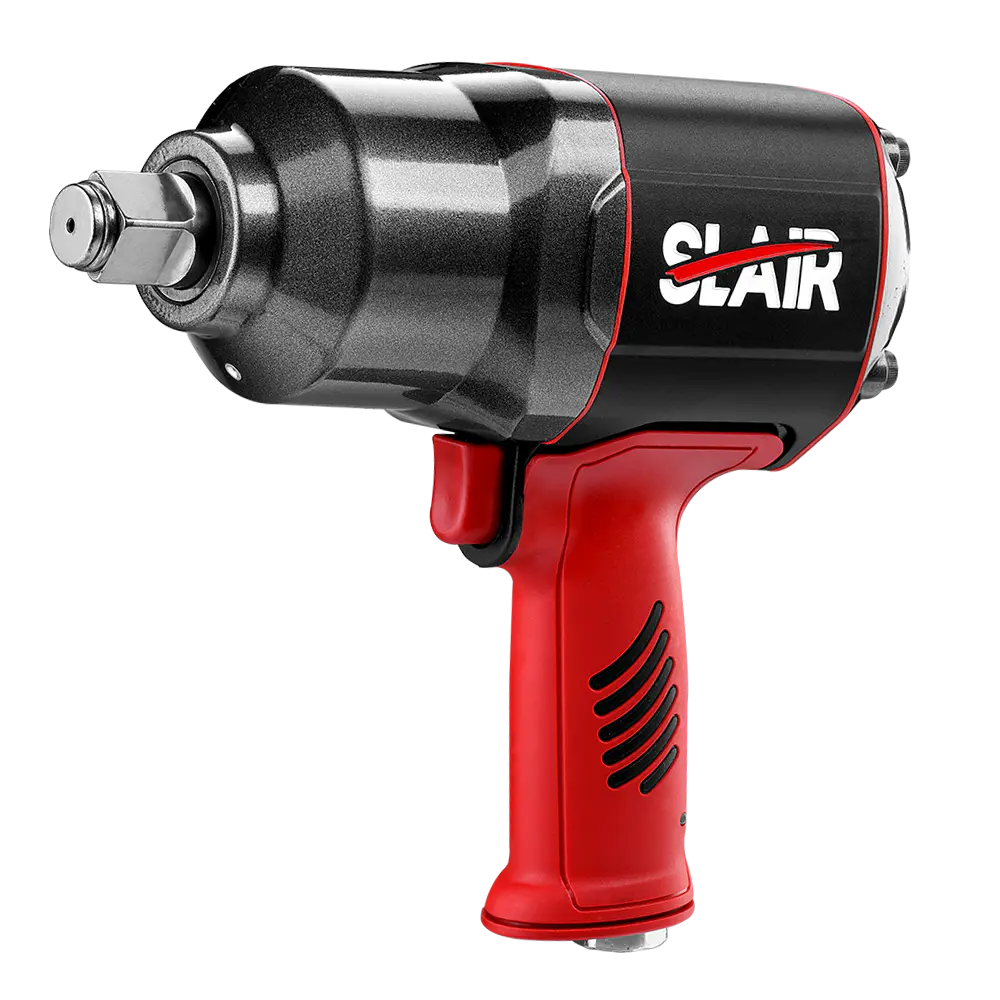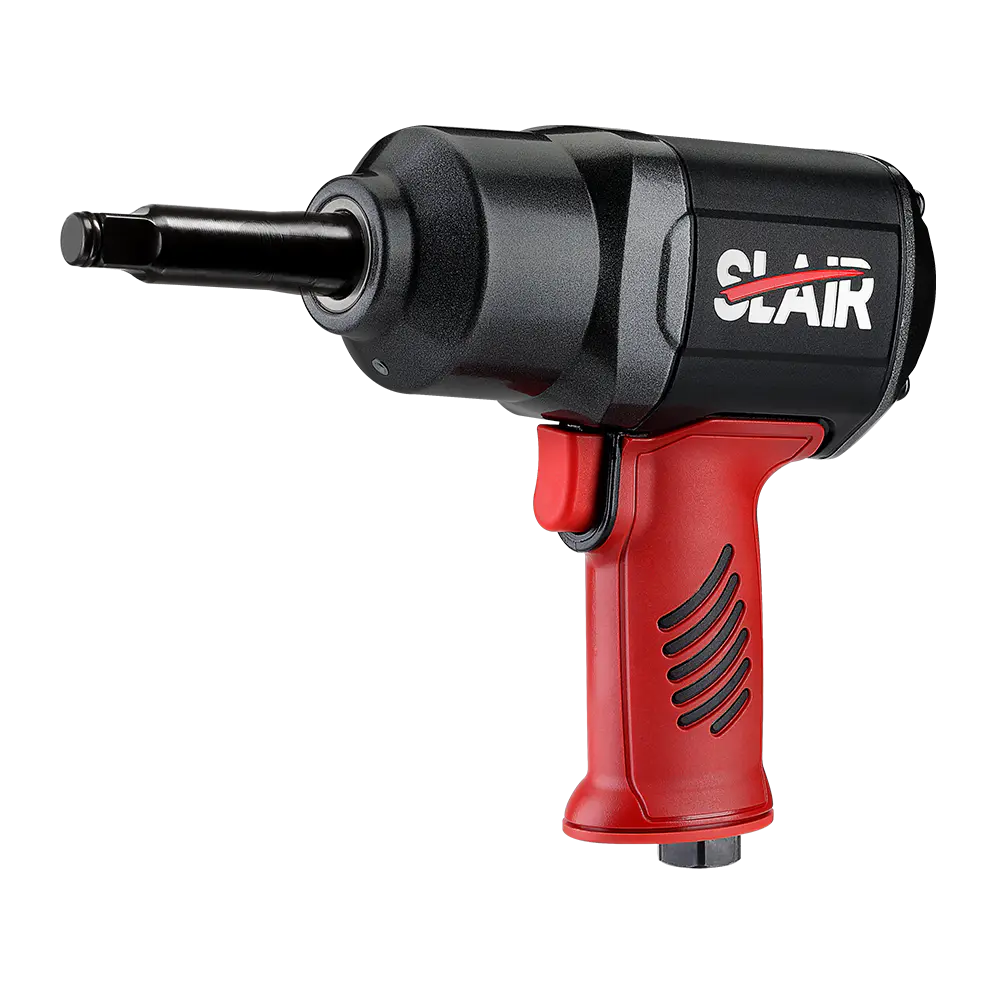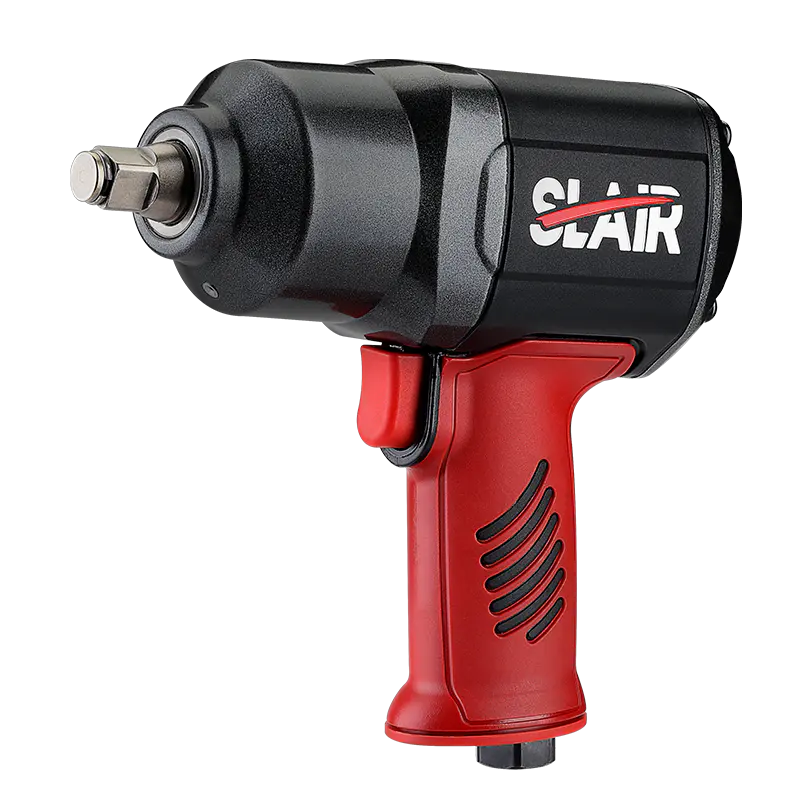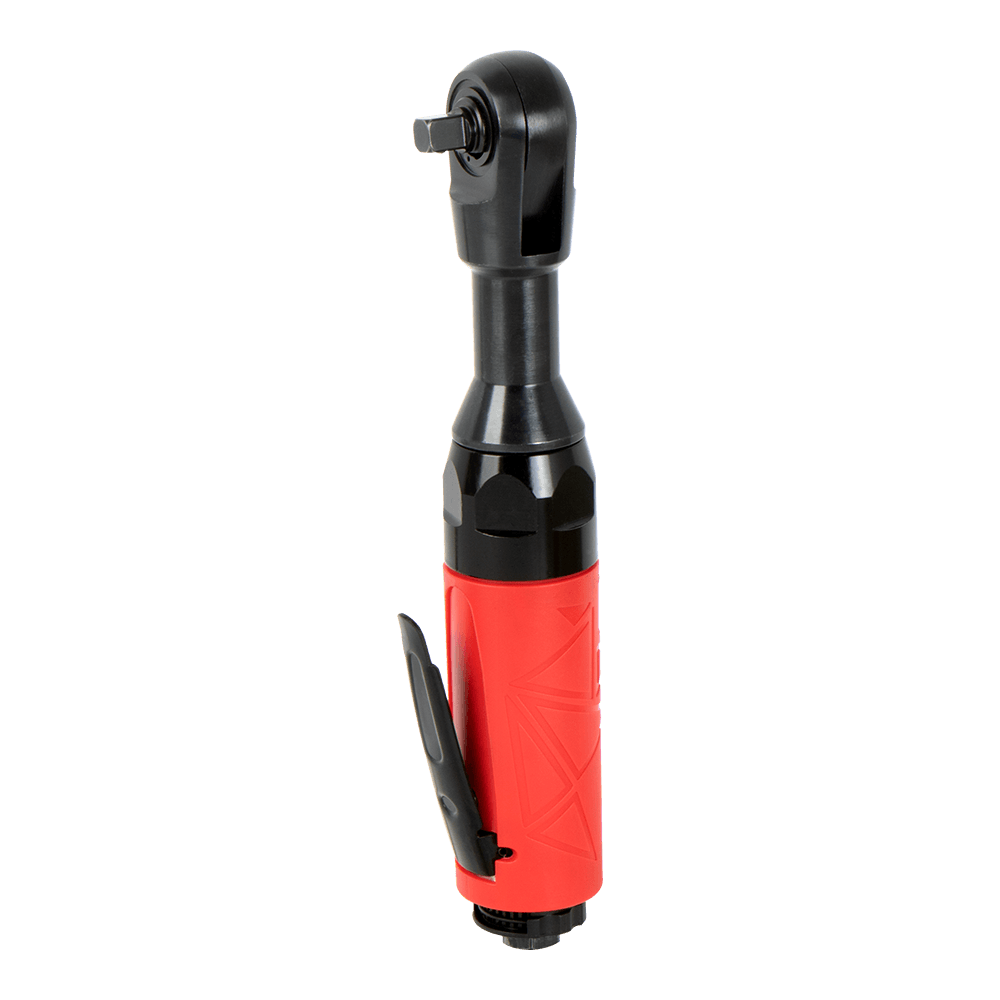Selecting the right air cut-off tool for a specific task involves considering several features to ensure optimal performance and safety. Here are key features to consider when choosing an air cut-off tool:
Cutting Capacity:
Determine the tool's cutting capacity, including the maximum thickness and type of material it can effectively cut. Ensure it meets the requirements of your specific tasks.
Cutting Wheel Size:
The size of the cutting wheel or blade affects the tool's versatility. Choose a tool with a cutting wheel size suitable for the range of materials and precision required for your applications.
Power and RPM:
Consider the tool's power rating, usually measured in horsepower (HP), and the rotations per minute (RPM) it can achieve. Higher RPM can provide faster cutting speeds.
Air Pressure and Consumption:
Check the recommended air pressure and
air cut-off tool consumption specifications. Ensure that your air compressor can supply the necessary pressure, and that the tool's air consumption is within the compressor's capacity.
Adjustability and Control:
Look for features that allow you to adjust the depth of cut or control the speed. Adjustable guards and depth-of-cut settings enhance the tool's versatility for different tasks.
Safety Features:
Prioritize safety features such as a safety lock, guard, or trigger mechanism. These features enhance operator safety during use.
Ergonomics and Grip:
Consider the ergonomics of the tool, including the handle design and grip. A comfortable grip minimizes operator fatigue during prolonged use.
Exhaust System:
Check if the tool has an effective exhaust system to direct air away from the operator. This ensures a cleaner and safer working environment.
Durability and Build Quality:
Look for a durable tool made from high-quality materials. A sturdy construction enhances longevity and allows the tool to withstand demanding cutting tasks.
Compatibility with Accessories:
Ensure that the air cut-off tool is compatible with a variety of cutting accessories, including different types and sizes of cutting wheels or blades.
Tool Weight:
Consider the weight of the tool, especially if it will be used for extended periods. A lighter tool may be more comfortable for prolonged use, but balance it with the need for durability.
Vibration Control:
Some models feature vibration reduction technologies to minimize operator fatigue. This is especially important during extended use.
Ease of Maintenance:
Check if the tool is designed for easy maintenance, including simple disassembly for cleaning and replacing worn parts.
Cost and Value:
Compare the cost of the air cut-off tool with its features and capabilities. Consider the overall value it provides for your specific cutting needs.
By carefully considering these features, you can select an air cut-off tool that aligns with the requirements of your specific tasks, ensuring efficiency, safety, and durability.





 English
English 中文简体
中文简体 русский
русский Deutsch
Deutsch Português
Português Español
Español
















